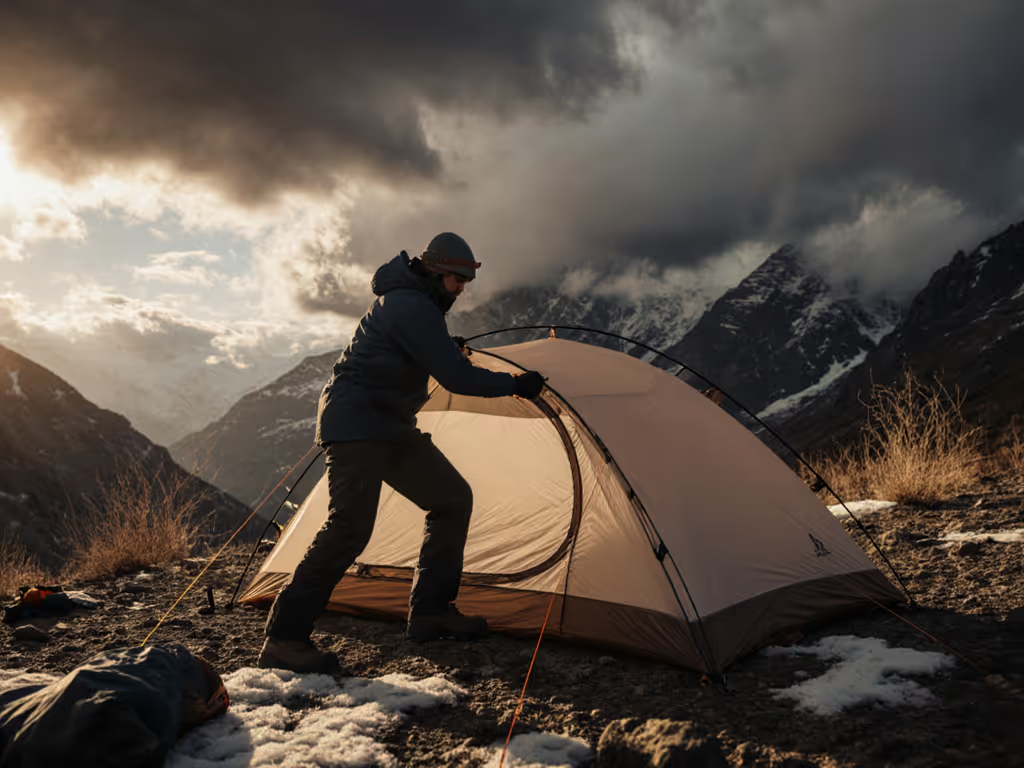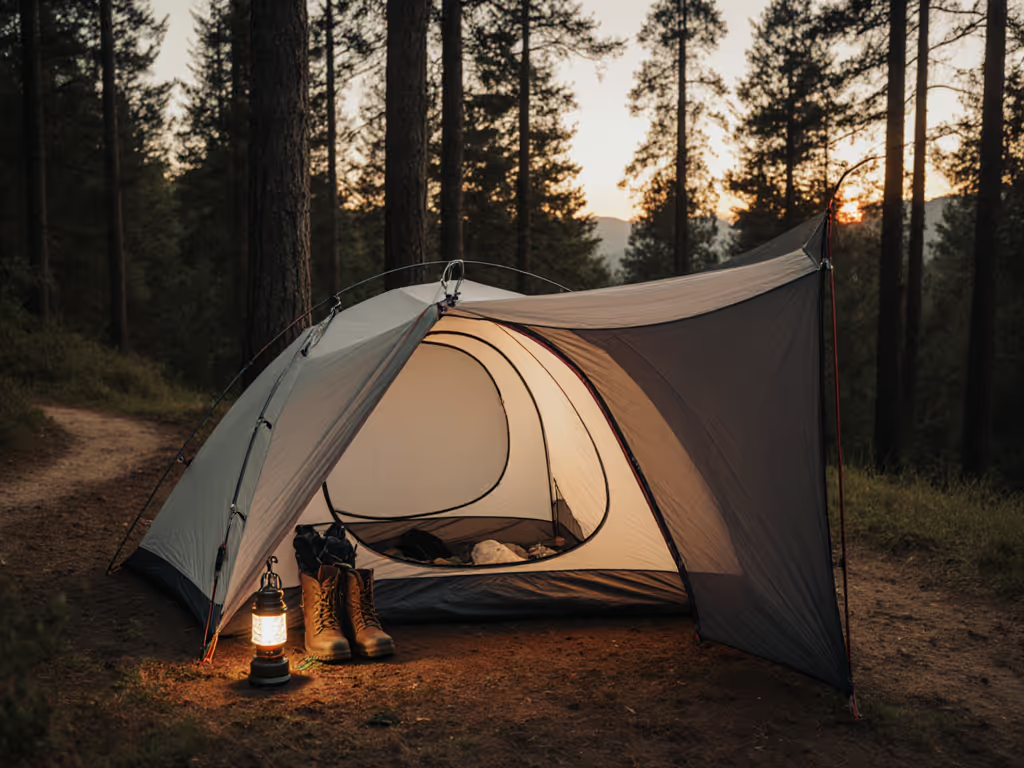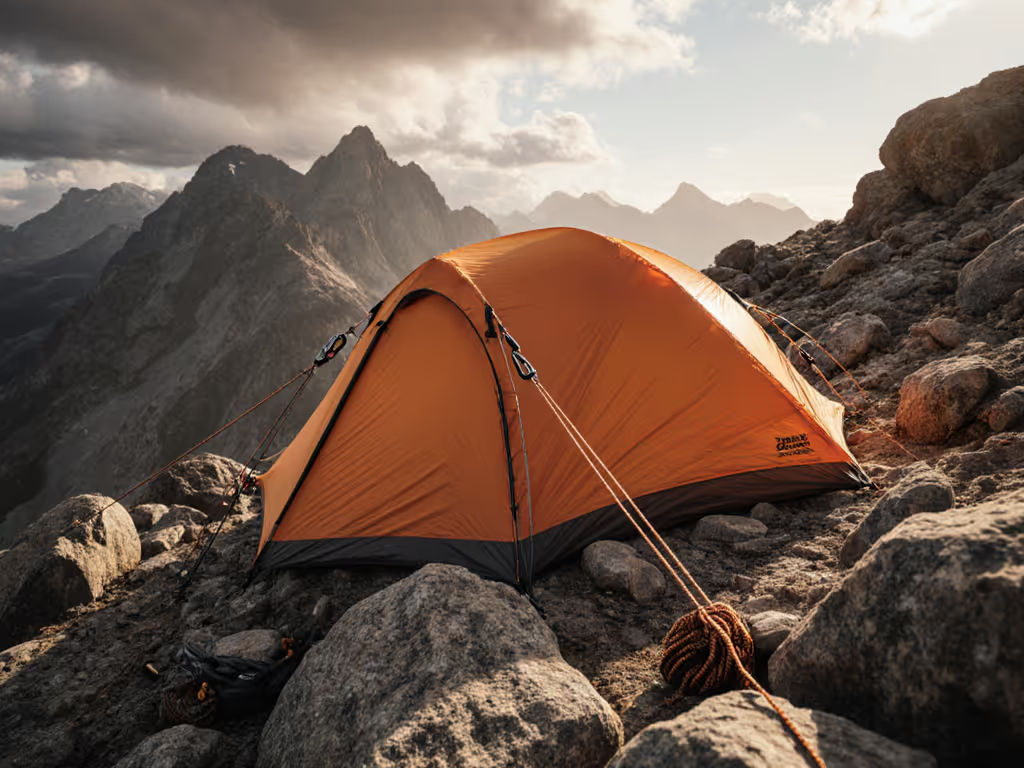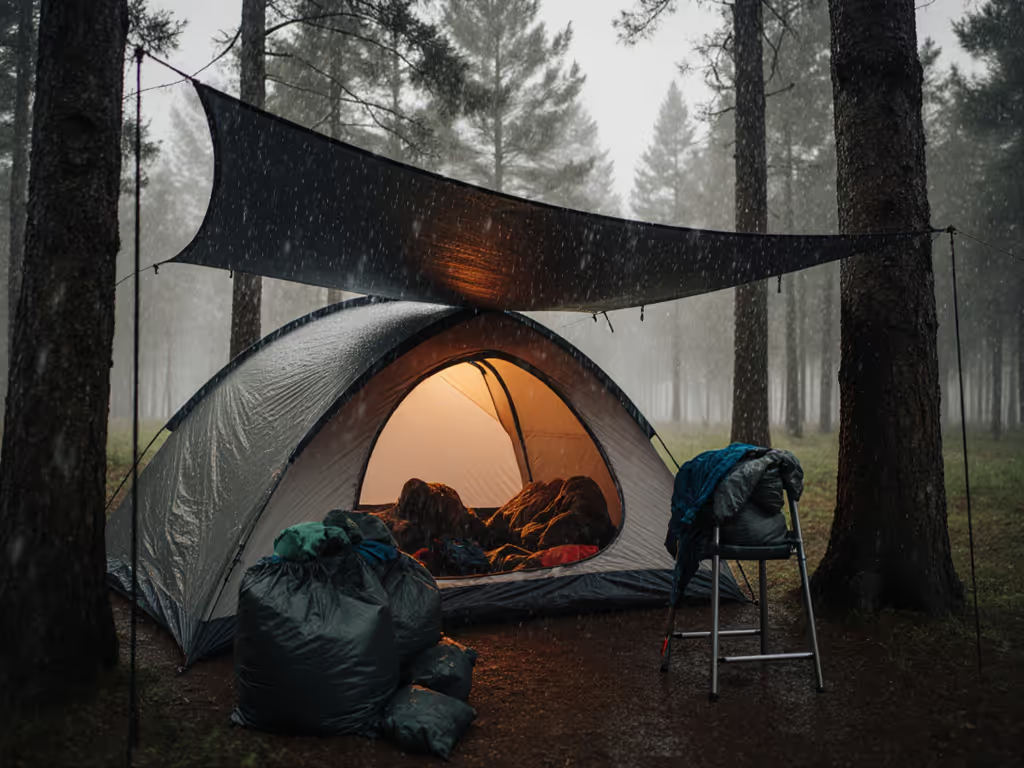
Choosing Tent Size: Realistic Occupancy Guide
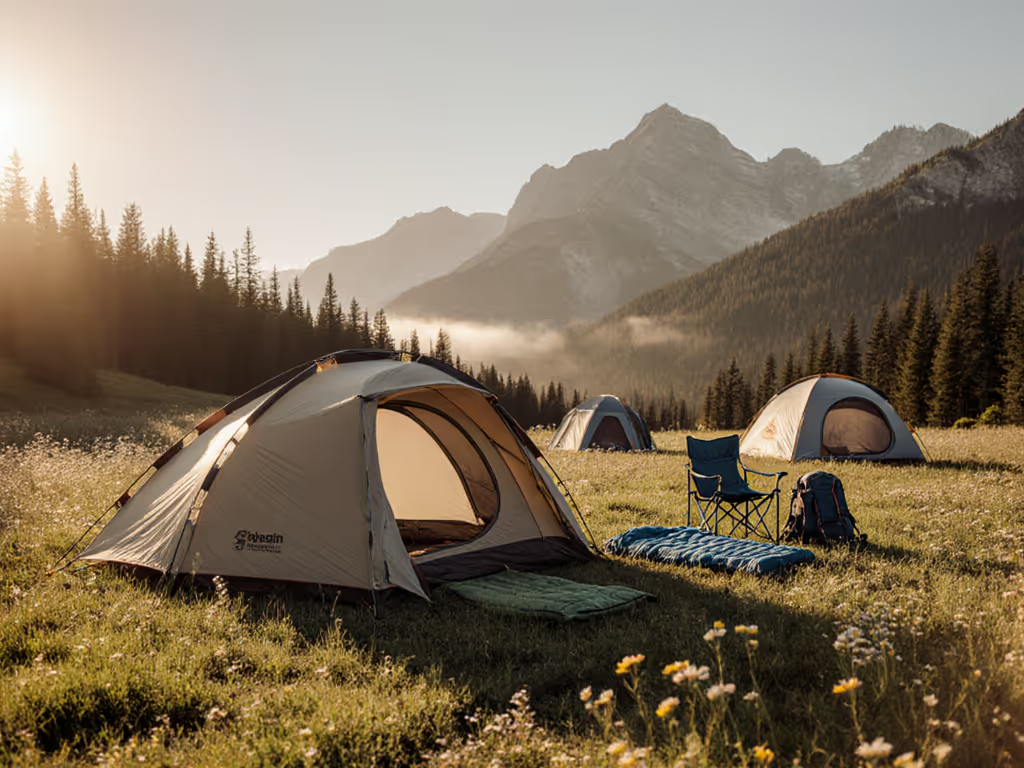
Choosing tent size shouldn't require calculus or wishful thinking. Yet too many campers discover at 2AM that advertised 'how many people tent' claims bear little resemblance to reality, especially when sleeping pads, gear, and restless kids enter the equation. Forget marketing fluff; let's examine why square footage promises fail and how to calculate actual usable space. The most sustainable tent you'll ever own isn't the lightest or cheapest (it is the one you can repair and keep using for hundreds of nights). Pay for nights, not features.
Why Advertised Capacity Numbers Lie
Manufacturer occupancy ratings assume unrealistically tight packing: three adults sleeping spoon-style without pads. Real-world testing shows these claims inflate capacity by 30-50%. That "6-person" tent? Typically fits 3 to 4 people comfortably with gear. Consider these critical factors: For shape-specific space and stability differences, see our dome vs cabin tents comparison.
- Sloped walls reduce usable floor area: Dome tents lose 15-25% of claimed floor space where walls curve inward. A 100 sq ft tent often delivers just 75 sq ft of flat sleeping surface.
- Gear devours space: Two queen air mattresses (common for families) require 50+ sq ft alone, leaving little room for vestibule storage or pets.
- Setup friction compounds crowding: Poor door placement forces awkward crawls, making tight quarters feel claustrophobic.
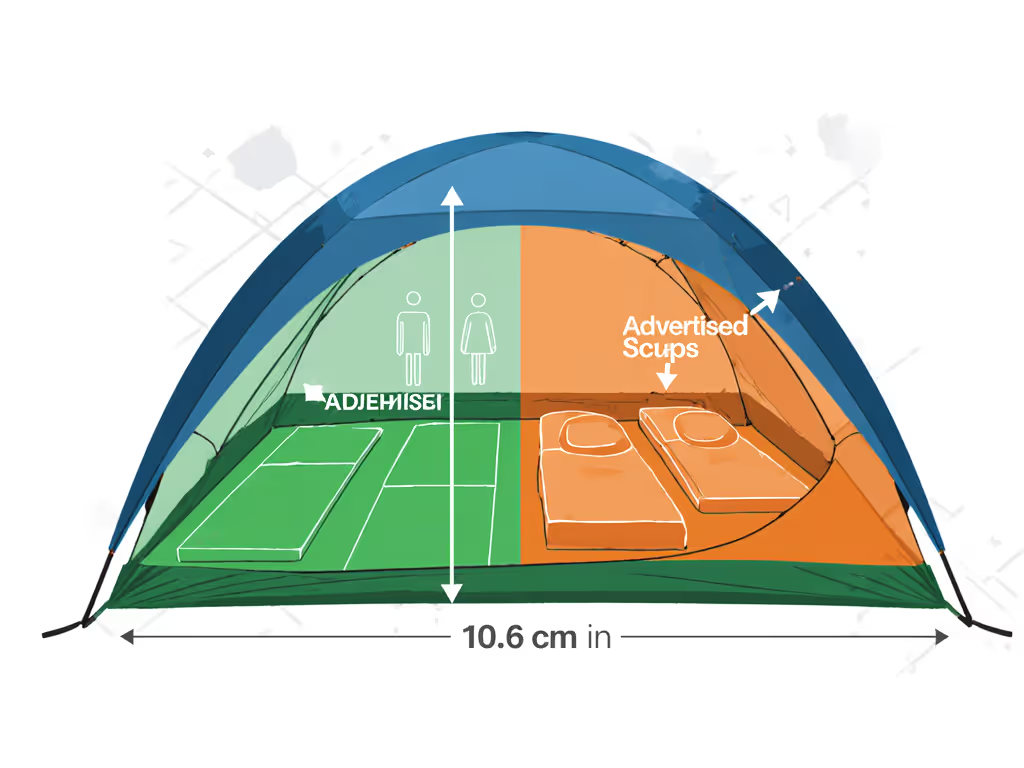
Your Reality-Checked Sizing Framework
Ditch the "person" labels. Instead, calculate based on verified floor dimensions and sleeping configurations. Below is a pragmatic guide derived from field testing 12+ family tents:
| Sleeping Scenario | Minimum Sq Ft | Reality Check Notes |
|---|---|---|
| 1 adult + gear | 20 sq ft | 2-person tents often max out here; adds 20% weight |
| 2 adults + air pads | 35 sq ft | Requires 7+ ft floor length to avoid feet-to-head contact |
| Family of 4 | 65 sq ft | Needs 9+ ft length; vestibules essential for gear/pets |
| 2 adults + 2 kids | 55 sq ft | Kids' gear occupies 1/3 of floor space; tapered walls crush usability |
For example, the Coleman Octagon 98 advertises 8-person capacity but delivers 169 sq ft of total space. Subtract its sloped walls and 82" center height constraints, and you get about 120 sq ft of flat sleeping area, realistically fitting 4 adults + gear or 2 queen air mattresses. That's why savvy campers prioritize floor area over occupancy labels when choosing tent size.
Always verify flat floor dimensions, not just total square footage. A 10x10 tent (100 sq ft) with steep walls may offer less usable space than a 9x12 rectangular tent (108 sq ft) with vertical walls.
The Durability Factor: Why Size Affects Longevity
Oversized tents deteriorate faster. Extra fabric flaps in wind, creating stress points at seams and zippers. Undersized tents force occupants to brush walls, accelerating abrasion from moisture and body oils. Ideal sizing balances occupancy with structural integrity:
- Backpacking tents (like the Naturehike Cloud-Up) succeed by minimizing excess fabric. Their 28 sq ft floor fits 1 adult + gear comfortably, not by cramming two people elbow-to-elbow. This precise sizing reduces fabric fatigue.
- Family tents require reinforced stress zones. At a community repair night last summer, I watched a patched Coleman floor shelter three more seasons after a rock puncture. That tent's repair path (accessible seam sealing and replaceable poles) transformed potential trash into reliable shelter. When budgets tighten, longevity is freedom; I measure value in quiet nights, not checkout totals.
Your Action Plan: Size Right the First Time
- Map your sleeping layout: Sketch exact pad dimensions (e.g., 25" x 77" for queen air mattresses). Add 12" buffer zones per person for gear.
- Demand real-world metrics: Ignore "person" ratings. Request floor dimensions from retailers, particularly rectangular floor width (not diagonal measurement).
- Prioritize repairability: Check if the brand sells replacement poles, rainflies, and floor patches. Tents with modular designs (like clip-on vestibules) survive longer.
Final Thought: The Sustainable Choice
Tent capacity isn't a number, it is a relationship between your needs, the gear's durability, and your willingness to maintain it. That rainy-night repair session where we replaced a slider and tightened guylines? It wasn't just about fixing a tent. It was about reclaiming $200 worth of future adventures. Buy once, sleep well, fix forever when you can.
Next time you're choosing tent size, ask: "Will this tent still serve my family in 5 years if I care for it?" If the answer isn't yes, keep looking. Your most important nights under the stars depend on it.

